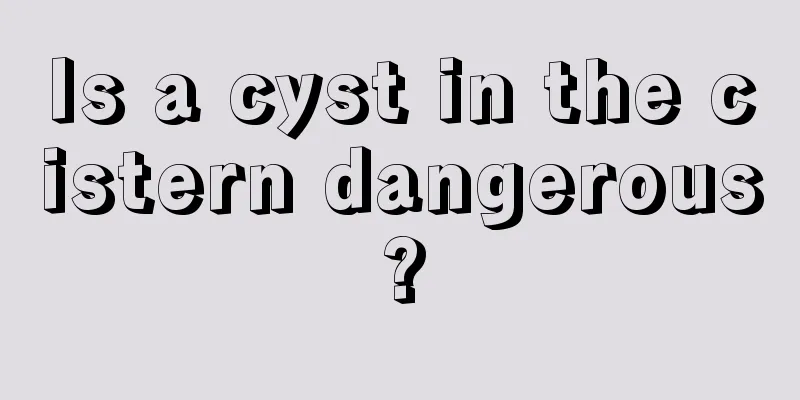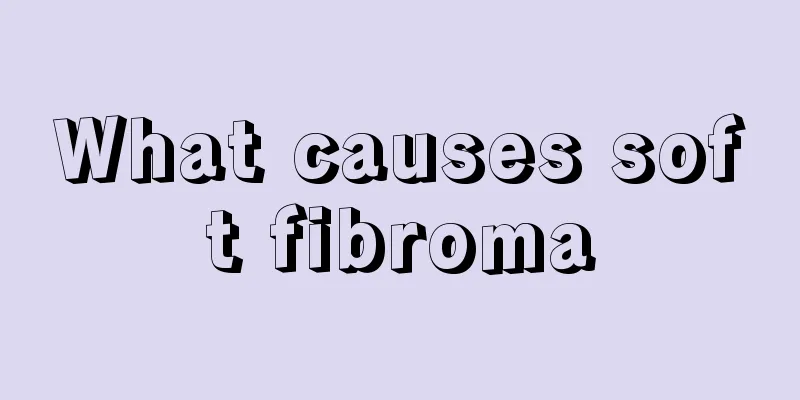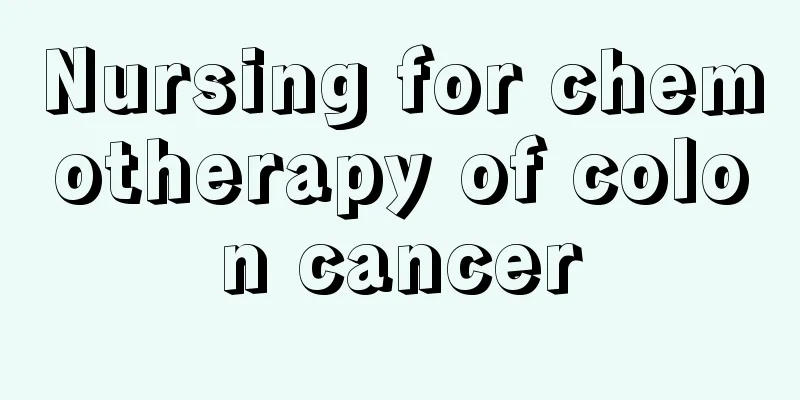Is a cyst in the cistern dangerous?

|
Cistern magnum cysts are very harmful to patients. Generally, they are caused by congenital or acquired factors. If the cyst is relatively small, the patient will not have obvious symptoms. However, if it is relatively large, the patient will often experience symptoms such as dizziness and pain, which can easily cause sudden vertigo and fainting. At this time, timely treatment must be sought. Go to the hospital for a good check-up in time. Onset site The cistern magna (also known as the cerebellocerebellar cistern) is located in the posterior and inferior part of the posterior cranial fossa, between the underside of the cerebellum, the dorsal surface of the medulla oblongata, and the inferior part of the occipital squamae. It connects to the fourth ventricle through the cerebellar creek forward and to the medullary cistern forward and outward through the side of the medulla oblongata. All three-dimensional sections can be displayed. Cistern cyst refers to the formation of a cyst in the cistern of the skull. It is a benign lesion, but if the cyst is too large, it may increase intracranial pressure, leading to headaches, nausea, vomiting, impaired consciousness or even coma, and may also cause cerebrospinal fluid obstruction. If there are obvious symptoms, surgical resection or cranial puncture to extract the cyst fluid can be considered. However, the latter requires very high equipment and physician skills, and may not be performed well in all places. Craniotomy is generally chosen. Expert advice 1. The formation of intracranial cysts is caused by genes, which means it is destined by heaven and cannot be effectively controlled at present. 2. Cyst size is not an absolute risk factor, and the appearance of symptoms is a signal that treatment is needed. 3. If symptoms of increased intracranial pressure or cerebellar ataxia appear, seek medical attention promptly. Specifically: walking difficulty, inability to stand (including inability to stand with eyes closed), nausea, and vomiting are all early symptoms, and excessive intracranial pressure can even cause coma. 4. This condition cannot be controlled by drugs at present. The best outcome is to carry it for life without symptoms, that is, it does not grow and does not affect the return of cerebrospinal fluid. If there is anything you need to pay attention to, it should be a healthy lifestyle. 5. When symptoms appear, treatment is required. Generally, there are two types of treatment: shunt surgery and resection surgery. The most radical treatment is resection surgery. The surgery enters from the back of the brain-cervical joint area, opens the skull, separates and removes the cyst. It has no effect on the brain tissue and generally rarely recurs. This is a complete radical surgery. |
<<: How to treat femoral head cyst
>>: How to treat ganglion cyst to eradicate it
Recommend
How to reduce the harm of ovarian tumors
Ovarian tumors are common malignant tumors in wom...
What causes headaches and eye pain? These are the reasons
Normally, everyone will experience various kinds ...
What are the side effects of chemotherapy for small cell lung cancer? These side effects need attention
The side effects of chemotherapy for patients wit...
How to make bird's nest nutritiously
The nutritional value of bird's nest is relat...
Three physiological strictures of the esophagus
The physiological stenosis of the esophagus mainl...
If you want to stay away from liver cancer, you need to learn more about prevention methods
Liver cancer is a common type of cancer, and it i...
Is farting a sign of expelling moisture?
In real life, dampness in the body is a common di...
What causes numbness in fingers?
Numbness in the fingertips may be caused by damag...
What are the symptoms before death from bile duct cancer
Cholangiocarcinoma is a serious malignant disease...
Cough is the most common symptom of mid-stage lung cancer
The emergence of lung cancer has made many people...
What are the nursing methods for lung cancer patients? What are the best nursing methods for lung cancer?
Speaking of lung cancer, I believe everyone is fa...
What are the classifications of dentures
Dental problems are the most common in our lives,...
When should I have a follow-up check after rectal cancer treatment? Can the anus be preserved after rectal cancer surgery?
Rectal cancer refers to cancer that occurs betwee...
Can coleus be placed in the bedroom?
When it comes to plants in the bedroom, you must ...
How to care for small intestinal fistula placement
Patients who undergo intestinal incision and stom...









